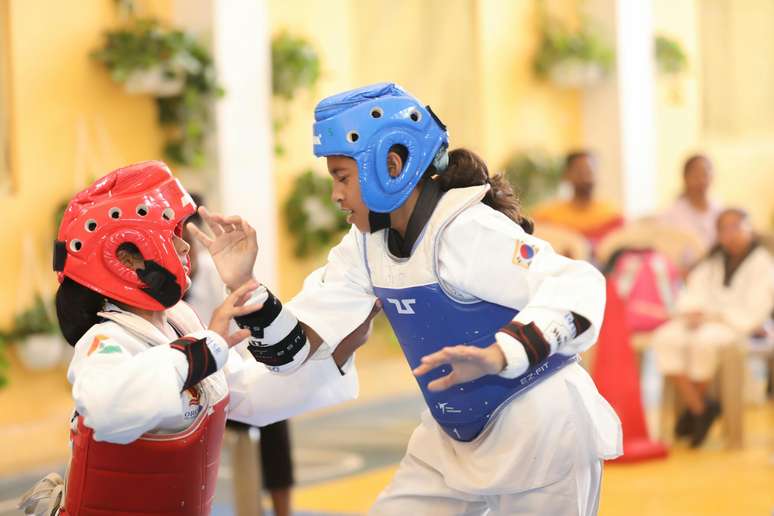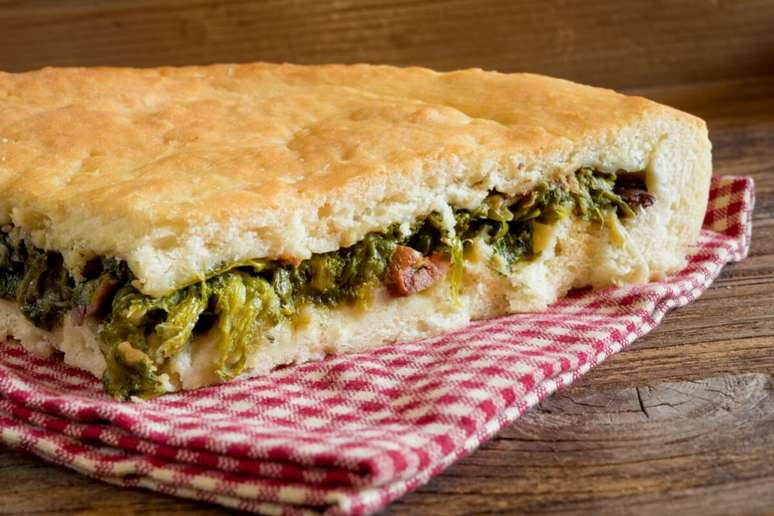Each practice has its own objectives, methods and preparation, which go far beyond the act of fighting.
Maybe you don’t know it or haven’t even stopped to think about it, but martial arts for self-defense, such as boxing and karate, for example, and self-defense have significant differences. The concepts may seem similar, but each technique has its own particularities, which by the way go far beyond hand-to-hand combat.
Generally…
To clarify this distinction, sports doctor Marcial Pereira describes each of the activities:
Martial arts – “Martial arts or combat are structured systems of training. They involve the development of physical, mental and spiritual skills, with particular attention to fighting techniques. In many cases they are practiced as a sport or as an art form, but they are also include aspects of self-defense,” he explains.
There are different types of martial arts, each with different techniques, foundations and schools. Examples of martial arts are: jiu-jitsu, judo, boxing, karate, kung fu, muay thai, taekwondo and many others.
Personal defensel – “Self-defense is a set of techniques and strategies designed to help a person protect and defend themselves in situations of danger or aggression. The main goal is self-protection and survival in real and unexpected situations, such as street attacks or in public places”, he underlines.
Each with their own purpose
In other words, in addition to the practice itself, there is a difference between the objectives pursued by each modality. “In the case of self-defense it means teaching the person to react effectively in risky situations. This with the least possible degree of injury and with the aim of quickly escaping or neutralizing the attacker,” explains the doctor. During combat, or in martial arts, the main objective may be to improve physical condition, discipline, self-control and mastery of fighting techniques. “In some martial arts, the goal may be personal development, philosophical learning, and respect for cultures and traditions,” he adds.
Different purposes, different methods
Another distinction also lies in the procedures taught and used during training. Marcial Pereira explains that “since self-defense aims to incapacitate the attacker as quickly as possible, to allow him to escape, techniques or blows are often used that act on vulnerable points, such as the eyes, throat and nose.” These methods are not allowed in combat, but in self-defense yes, since the aim is to generate immediate control over the attacker, without rules and without limitations, to allow a rapid escape.
The training is physical and mental
In terms of preparation, both physical and mental, what changes is the priority of what needs to be managed. Martial arts training, for example, is broader and involves more specific technical aspects, such as strength, endurance, aerobics, mobility training and injury prevention. In personal defense, however, physical preparation is less specific, more general, focused on the power and readiness of the shots.
Regarding the psychological aspects, the doctor states that mental preparation for self-defense is more focused on managing stress, fear and reaction in situations of real risk. “The goal is to ensure that the person has the clarity and speed to make quick decisions in an unexpected situation,” he says. “In martial arts, mental preparation is much broader. It focuses on both personal development and competitive mentality, control of performance under pressure and mentalization of strategy,” adds the professional.
Self-defense can save you!
We seek self-defense training primarily to be prepared for everyday situations that require a rapid response to the risks of aggression or violence in unexpected contexts. “In these cases the priority is not to fight or win a fight, but to survive and escape”, underlines sports doctor Marcial Pereira. In this case we can cite examples such as attempted physical assault, domestic violence, attacks on public transport or other crowded places.
But it is extremely important to reiterate: the self-defense technique will not teach you how to enter into conflict, but rather how to act to escape it. “The main objective is not to fight, but to preserve safety and integrity. The emphasis is on avoiding conflict, whenever possible, through prevention and awareness of the situation in which one is involved. When the conflict becomes inevitable, the strategy is to neutralize the attacker with rapid action, so as to allow him to escape safely”, describes the doctor.
“The idea of fleeing in self-defense is not considered a sign of weakness, but rather of wisdom.”
Source: Terra
Ben Stock is a lifestyle journalist and author at Gossipify. He writes about topics such as health, wellness, travel, food and home decor. He provides practical advice and inspiration to improve well-being, keeps readers up to date with latest lifestyle news and trends, known for his engaging writing style, in-depth analysis and unique perspectives.








